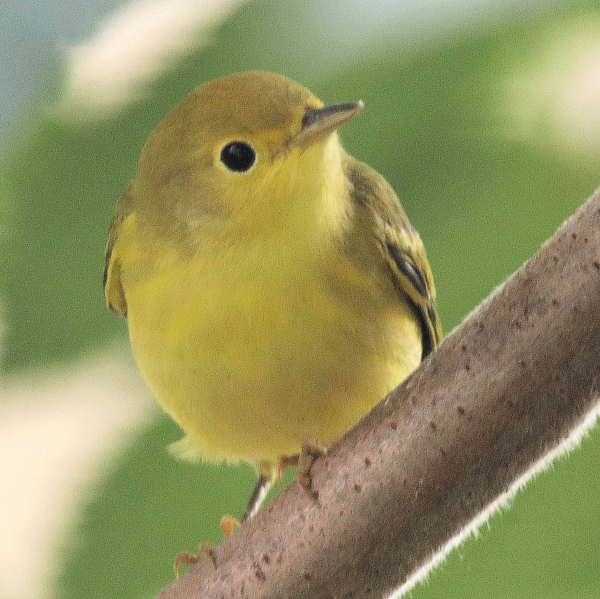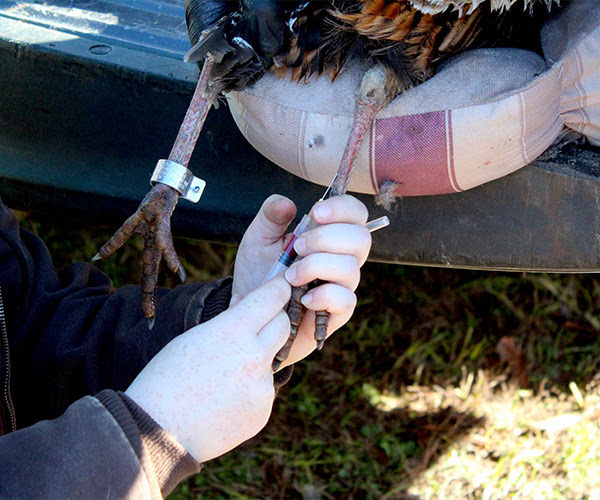Turkey Tips
By Glen Wunderlich
The sights and sounds of spring are upon us, no matter what Punxsutawney Phil has indicated. Back are the sandhill cranes, redwing blackbirds and others such as the robins – all of which must wonder the efficacy of the early-bird adage of getting the proverbial worm. No doubt Old Man Winter’s not done with us yet.
Regardless, some of our most resilient, non-migratory game birds – the wild turkeys – are just as anxious to bid farewell to the persistent snow, as they get in gear for their annual mating rituals in the coming weeks. It’s easy for us humans to forget, as we man the snow shovels week after week, but the early spring hunting season begins in about a month – ready or not.
Here are a few suggestions to pass the time for those with visions of drumsticks dancing in their heads.
· There are about as many turkey calls as turkey hunters themselves and now’s the time to see how they’ve held up. Box calls may need a bit of light sanding on the friction surfaces, along with some chalking to finish the job. Pot calls such as slate or glass may need similar attention such as light sanding of the surfaces including that of the striker. Diaphragm calls can get funky, too, and rather than mess with old ones, they’re inexpensive enough to simply replace; just don’t forget to sing a few practice tunes with them before heading afield.
· Check the function of shotguns – especially if they’ve seen use from last season during upland game or wildfowl seasons.
· Patterning the smoothbores should also be on the checklist. Most turkey loads pack a wallop at both ends – downrange and squarely on the shoulder. Consider using light target shells, if you are concerned about your point of aim; they are inexpensive and are less likely to produce the dreaded flinch. Once you get on target, it’s time for the serious stuff.
· If you’ve yet to select any particular brand of shotshells, I’ve yet to find a better one for the money than Winchester’s Long Beard XR shells. They come in 12 and 20-gauge configurations and pattern better than shells costing much more. Although XR stands for extended range, make sure to limit shots to a distance whereby the pattern is tight enough to produce about 10 pellets in the head and neck region of the turkey. If you don’t have store-bought turkey targets, make your own.
· Camo gloves, facemasks and insect repellant should be packed. Forgetting any one of these essentials can spoil a hunt.
· Decoys are big business but they don’t have to be expensive. I’ve had the same old rubber hen for years and that’s all I’ve ever used. Although many decoying theories prevail, I’ve never found any need for elaborate setups. But, if you are a run-and-gun hunter, a turkey fan-tail decoy can provide cover and deception.
· Finally, if you are taking a youngster along, strongly consider a portable blind. It can keep hunters dry, while concealing inevitable movement from within. And, unlike whitetail deer, turkeys pay no attention to them – even if you’ve set them up immediately before turkeys are present.








